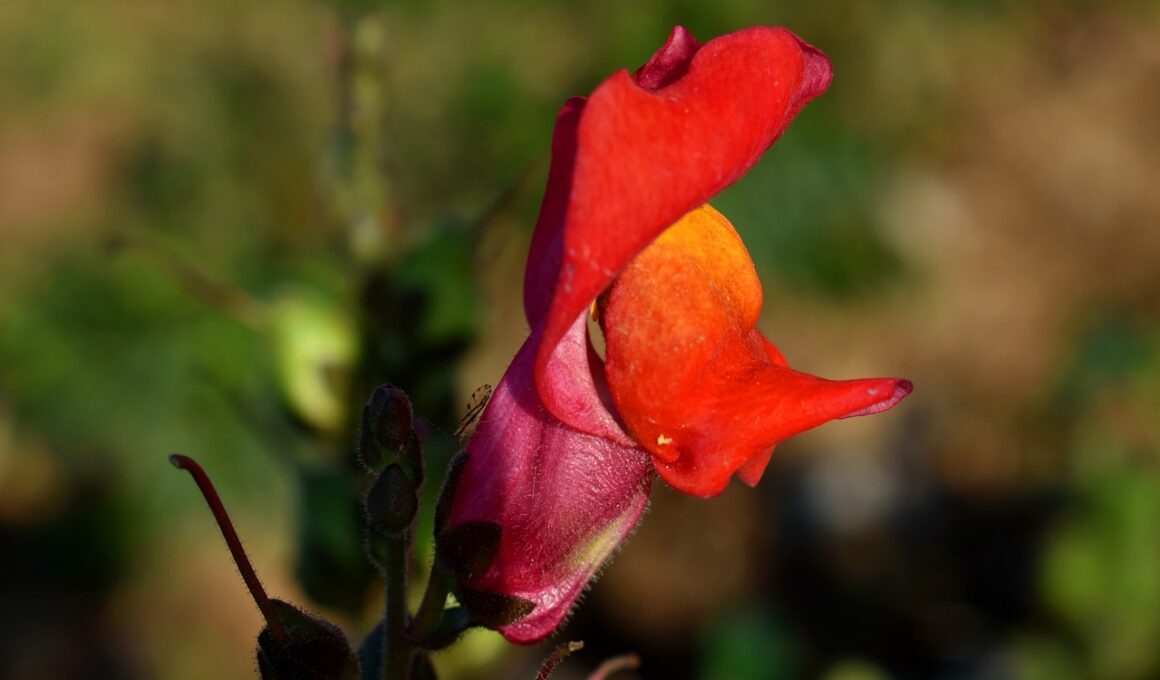Deadheading Snapdragons
Don’t let those beautiful snapdragons go to waste – give them a little love and deadhead them for even more stunning blooms! Deadheading is the process of removing spent flowers from a plant. This encourages the snapdragon to put its energy into producing new flowers rather than producing seeds. Deadheading snapdragons is simple. Just pinch off the spent flower heads (the ones that have turned brown and are no longer producing petals) using your fingers or a pair of pruning shears. Deadheading can be done throughout the growing season to encourage the plant to produce more blooms. If you’re interested in propagating your snapdragons, deadheading can be a helpful step. You can collect the seeds from the spent flower heads and plant them in the fall or early spring. Snapdragons also make great companions for other plants, such as roses, marigolds, and petunias. They attract pollinators and their tall, spiky blooms add height and texture to mixed plantings. Don’t forget to deadhead your snapdragons to keep them looking their best!Pruning Snapdragons
Once snapdragons have finished blooming, it’s important to prune them back to promote healthy growth for next season. Pruning involves cutting back the stem to just above a healthy set of leaves, which encourages the plant to produce new growth. Here are four tips to keep in mind when pruning snapdragons:- Timing is key. Prune snapdragons just after they finish blooming, or in early autumn before the first frost.
- Use clean, sharp shears to make a clean cut. This helps prevent disease and damage to the plant.
- Don’t be afraid to prune heavily. Snapdragons are tough plants that can handle a good trimming.
- Propagation techniques such as taking stem cuttings can be done after pruning to create new plants.
Is Deadheading Necessary for Antirrhinums After Flowering?
Deadheading antirrhinums is essential after flowering to promote continuous blooming. By removing faded flowers, you prevent seed production, diverting the plant’s energy towards new buds instead. Deadheading also maintains the plant’s appearance, preventing any wilted flowers from detracting from its overall beauty. Keep your antirrhinums looking fresh and vibrant by regularly deadheading them post-flowering.









